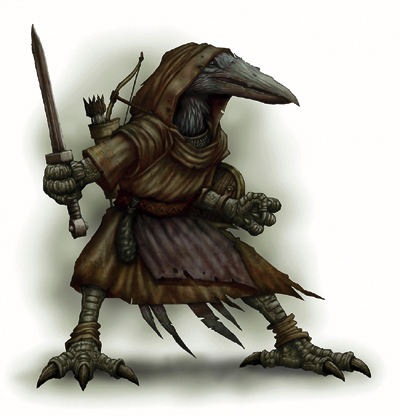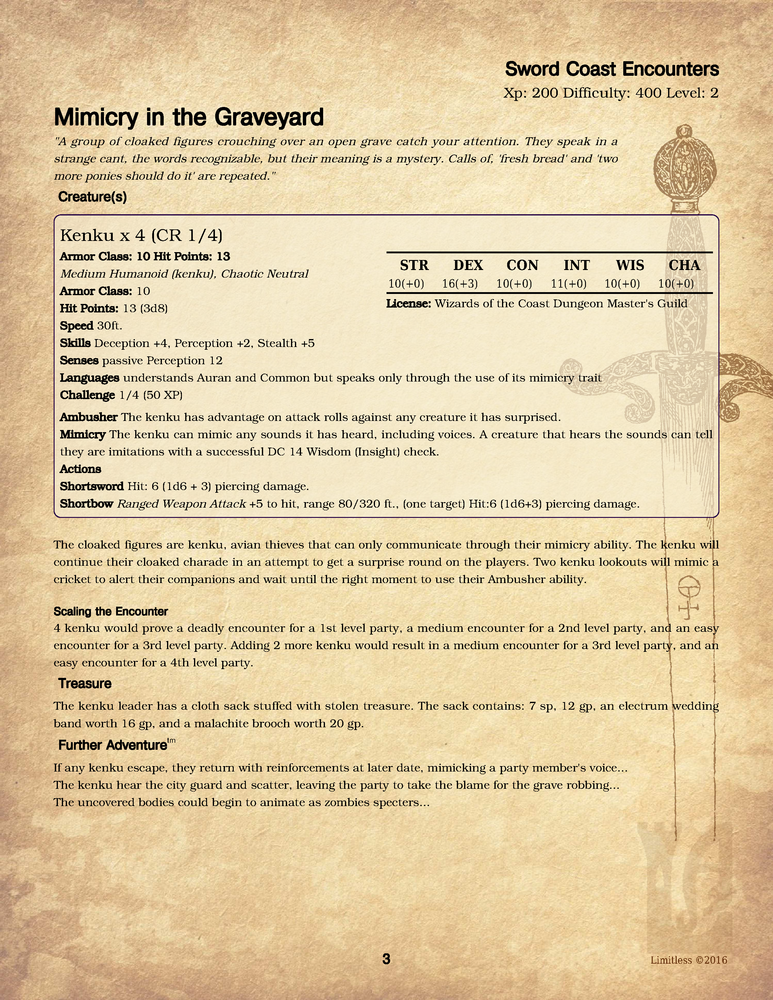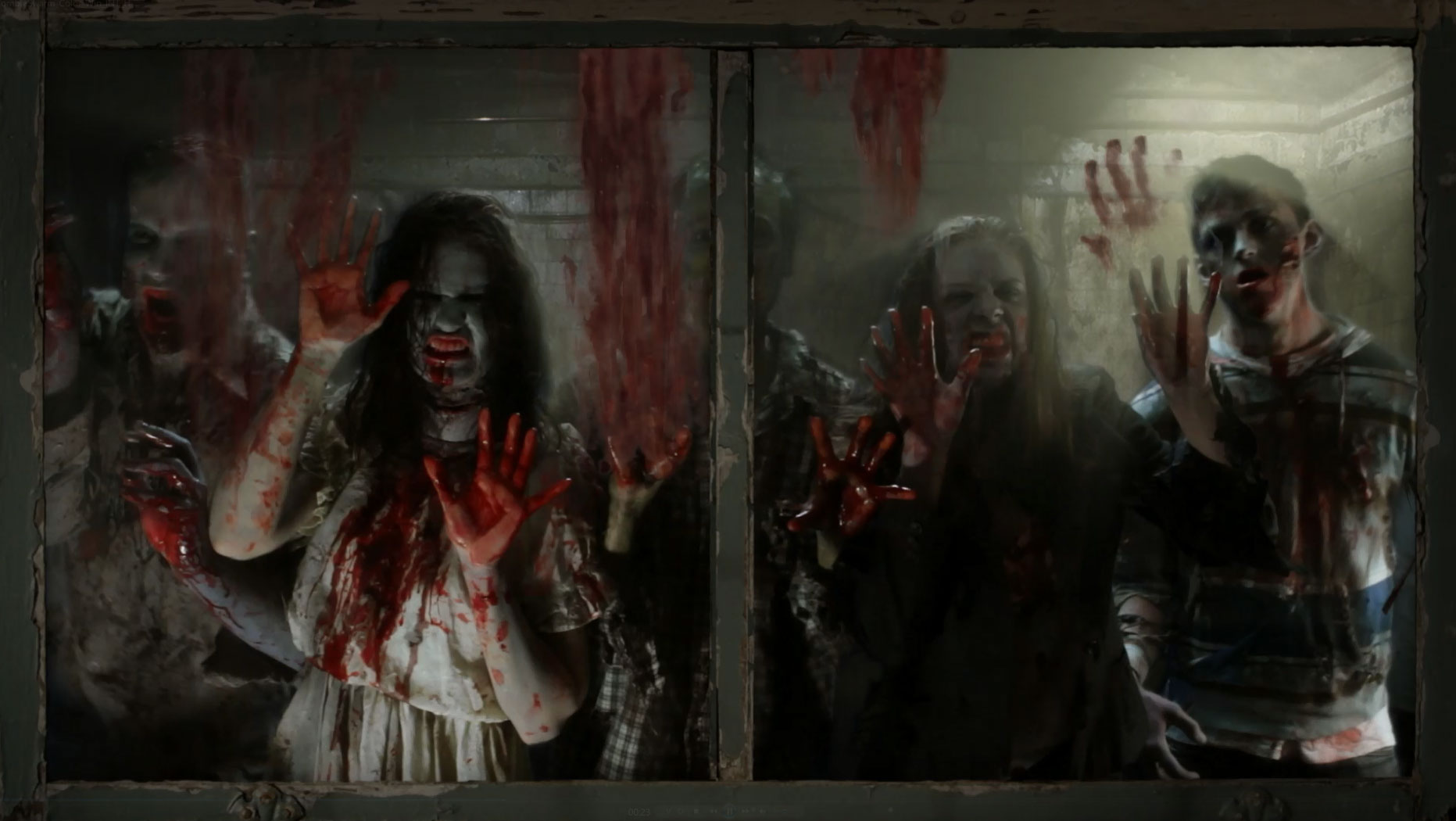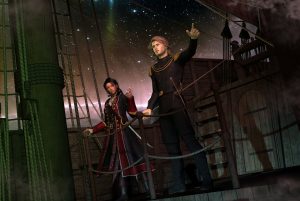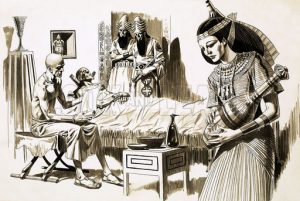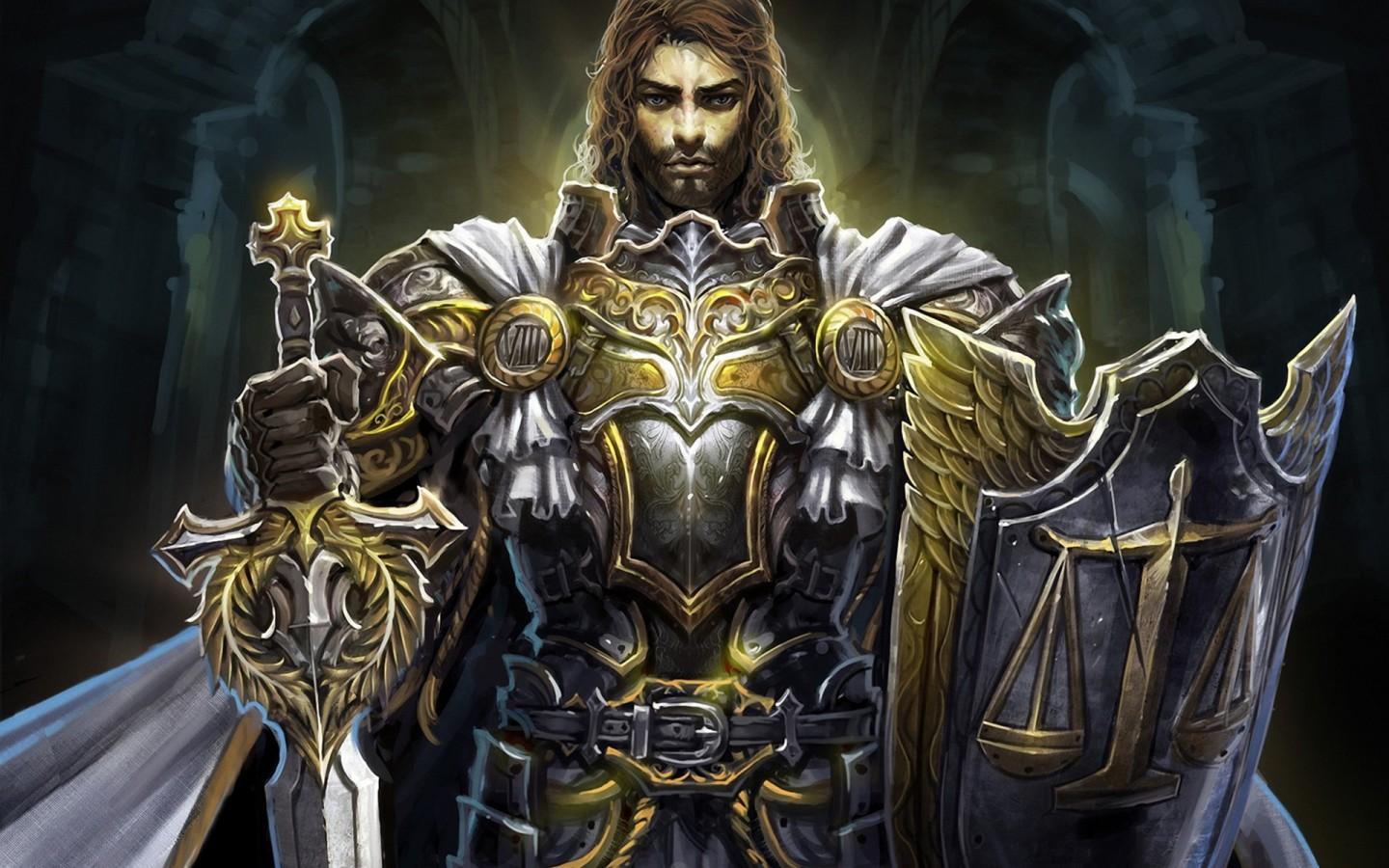Sword Coast Encounters
Limitless Adventures have very kindly given me review copies of three of their ‘Encounters’ booklets. What I like about Limitless Adventures is that they sound like a Tuesday night gaming group that every time they have a great idea they publish it, and why the heck not?
The first of these I am going to look at is Sword Coast Encounters. What you actually get is 10 ‘5e’ encounters each confined to a single page for ease of printing. Each contains the opening scene, creature or antagonists stats, a GM only explanation of what is actually happening, advice on scaling the encounter to different challenge levels, the treasure and finally adventure hooks that could spin off of this encounter. When the encounters refer to locations or NPCs these are nicely grounded in the Sword Coast (in this instance). Below is one example.
Fun Distractions
One of the nice things about this collection is that whilst many can be solved at the point of a sword there are equally moral dilemmas and simply fun distractions.
Limitless do say that every collection contains at least one new ‘thing’ be that a creature, magic item or spell but could equally be a new game mechanic or deity.
Encounters Scale Well
So to using these. I like the self contained single page format. I try to use the minimum of paper in my games but do always have the planned adventure and NPCs on paper. The single page format fits in well with that and as each serves as an adventure hook they could hang around in your campaign for a while. The encounters do scale well when that is required. Not every encounter scales but that is not always required, an interesting NPC is interesting whatever the level and a moral dilemma is independent of the party facing it.
From a RM perspective most of the creatures featured here do not exist in Creatures & Treasures (I will publish the conversions of some of these on Monday), I particularly like the chap at the top of the page here! The same can be said of the magic items. This is an interesting point. When faced with a magic item that does not exist do you a) create the rules required to have that item in RM or b) change the item to fit the RM flavour? What I mean is as an example a +1 ring of protection is a really common D&D magic item. Do you give the party a ring that gives +5DB/+5RR as a constant effect item or do you think well RM doesn’t really have rings of protection but an equally low level item would be a ring castng Aura x3 daily? Another common thing is the D&D potion of healing. You could easily have a potion that casts Heal I from Concussion Ways but equally you could scrap the magic and give the party a vial holding a dose of Rewk (a brewed herb healing 2-20).
I personally have gone down the healing potions are often herb preparations and the ring would be a daily item, Aura and Blur seem to work well as substitutes up to Shield and blade turn spells for more powerful D&D rings of Protection. My players like the idea that items sit nicely alongside their spell lists, it makes them feel like they are playing RM in an RM world rather than a RM in a D&D world.
All in all a D&D 5e DM could use these off the page with no serious prep and not a great deal if they wanted to use the adventure hooks to carry it on. As an RM GM it took me about 5 minutes to do the D&D to RM momster conversion. The power level seems about right. It took seconds to convert the treasure from Gold, Electrum, Silver to Gold, Silver Bronze. I use 1 D&D Gp = 1 RM Sp. Most encounters do not give out magic items from what I have seen and that suits my world where magic is not so common. In the ten encounters here there are what I would magic items one of which is a potion which I would probably make into a herb preparation and one is a collection of runes which are single use. The remaining ones would need a bit of conversion or simply swapping out to offer the party something that you as GM think they need or you know they will need.
There are definitely encounters here I have never used in the past and some I would never have thought of using. For that alone I think it is worth the pocket money prices (most booklets are only $1.99, Sword Coast Encounters is $2.99). All in all I will seriously consider these if there is a matching booklet to where my party are adventuring. For more information then visit Limitless Adventures or the DMs Guild page for this booklet.

